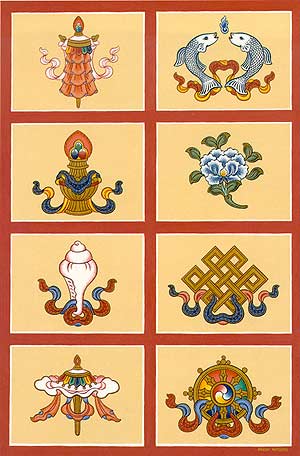Girish ’n the Chronicles get set to rock Hong Kong
TWO HK PUBS SIGN UP SIKKIM BAND
by SAGAR CHHETRI
SIKKIMNOW
GANGTOK, 25 April: Sikkim’s hard rock band, ‘Girish and the Chronicles’ is all set to take over Hong Kong after their success at the Suncane Skale Festival in Montenegro, Europe, in 2010. The band is relocating to Hong Kong in search of better prospects in the Asian music industry. The band has been signed by a local event management group from Hong Kong and left for Hong Kong today.
The four-member band has 26-year-old Girish Pradhan [lead vocal/guitar] as the front-man of the band, 24-year-old Suraz Karki [lead guitar], 23-year-old Yogesh Pradhan [guitars, bass & sound engineer] and 25-year-old Nagen Mongrati [drums/percussions]. The band has signed the contract with two pubs, Graphiti and Escape.
Speaking at a press conference on Tuesday, band member, Yogesh said that Hong Kong has a very good market for rock music and also for other alternative music genres. He mentioned that the main reason behind the band’s relocation is not only that Hong Kong has a good rock music market to offer, but the band is also targeting the neighbouring Asian nations, keeping Hong Kong as the base and hence mark an Asia tour within this year. The band members mentioned that this way the band not only carries on the legacy of rock music but also paves a way for all the aspiring musicians here and creates a market for career-oriented music scene.
Band Manager, Shyam Pradhan highlighted that the band started off this year performing for international audiences in Montenegro and Hong Kong. In Hong Kong, which was the band’s second venture in a foreign nation, they performed in Escape and Players and were the headlining act at the annual rock event, “Alive III- Clash of the Titans’.
He informed that the front-man of the band, Girish had already performed at the Yamaha Asian beat finals held in Seoul, Korea, with his side project, Silver Tears and has also been a part of the pub rock culture in Hong Kong since November 2011.
Mr Pradhan mentioned that Girish’s presence helped the band to make their way into Hong Kong’s rock scene as well, however, with the help of the internet and its digital platforms such as Youtube, Facebook and such like, the band had already gained some reputation as one of the finest bands in the country and had a good fan-base amongst the rock fans from Hong Kong.
He informed that the band received an invitation from a local event management group from Hong Kong to play at the annual rock event, ‘Alive III-Clash of the Titans’ on 12 February 2012. This event had Blue Beat [Japan], Jukator [Hong Kong, winner of the Yamaha Asian Beat finals], Innercore [Hong Kong], Intellectual Morons [Hong Kong] and Girish and the Chronicles. It was informed that apart from this event, the band also performed in some of the most happening venues in Hong Kong such as Escape on 10 February 2012 and and Players on 08 February 2012, where they were invited to perform as a guest band.
“Both the venues witnessed an hour of total rock and roll action and some hard rocking. The band was highly appreciated for their performance, versatility and presence, which fetched some more fans for the band,” Mr Pradhan informed.
Yogesh mentioned that the Hong Kong experience proved to be a real fruitful one, not only to the band, but also to the State and the budding talents from Sikkim and Girish and the Chronicles being the first band from Sikkim to perform at such venues in Hong Kong, has left a good impression on the hearts of music lovers and also the event organizers of Hong Kong. “This has helped open a market and a demand for the talents from Sikkim and the neighboring territories as well and even the concept of making a career out of rock music living in India has found its place in the mainstream and opened possibilities for a talent to succeed in life making music,” he said.
However, the band members mentioned that the front-man of the band, Girish has played a very important role in making the band’s story a success and he along with his progressive metal side project, Silver Tears performed at the Yamaha Asian Beat national finals, where Girish grabbed the title of “the best vocalist in the country’. It is informed that they also entered the Asian finals held at Seoul, Korea, where Girish was highly appreciated for his outstanding performance.
Other two band members, Suraz and Nagen mentioned that they have also been receiving full support from their family members since childhood. They stated that earlier there was some pressure from their families to opt for government jobs but now, seeing their success in the field of music they are fully supporting them. They also expressed their happiness on choosing music as a career.
It was also informed that Girish and the Chronicles is also the first band from Sikkim to get empanelled in the Indian Council for Cultural Relations [ICCR]. The inclusion in the panel is essential to get assistance and sponsorship for foreign tours for the band.






